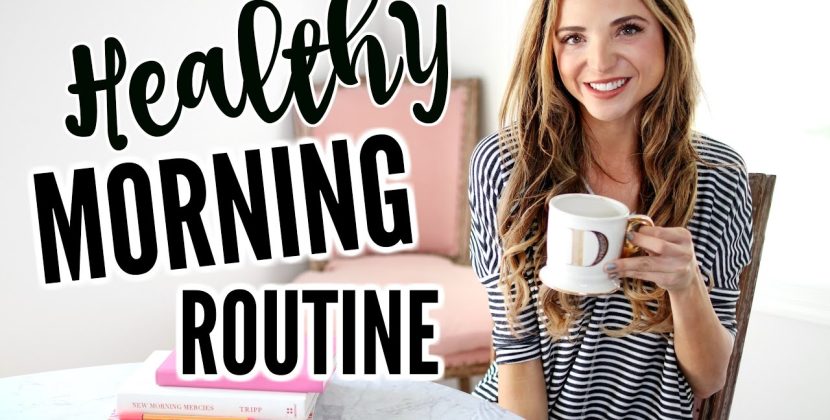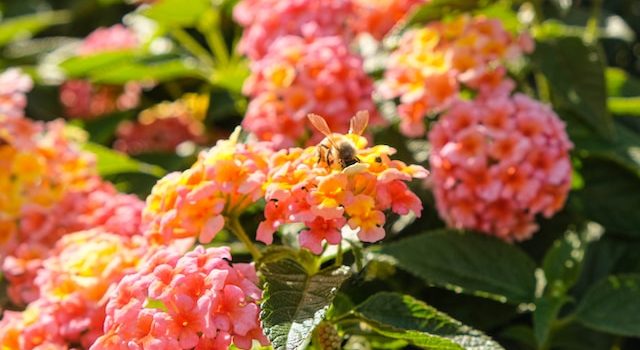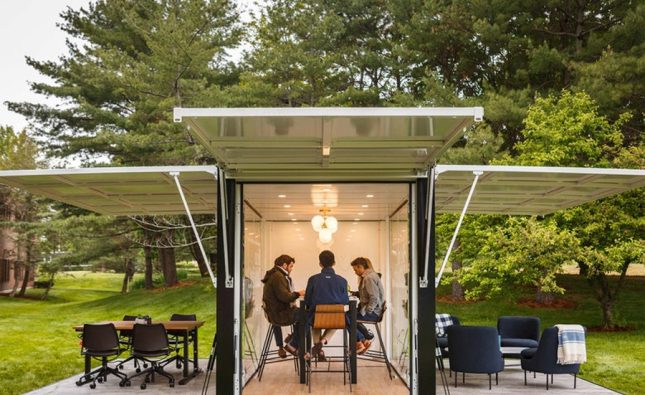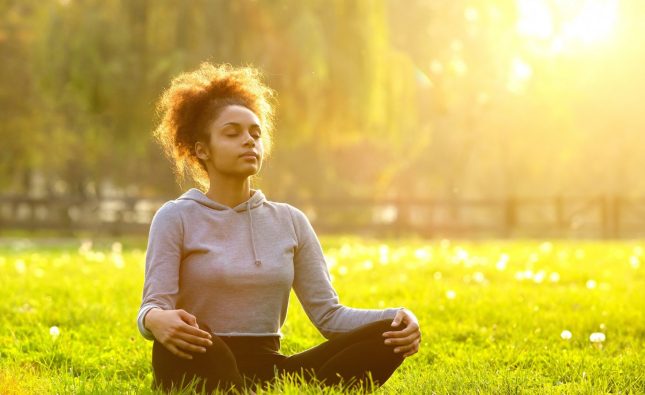
1. Why Pollinator Gardens are Important
Pollinator gardens are essential for the survival of many species of plants and animals. Pollinators, such as bees, butterflies, and hummingbirds, play a crucial role in the reproduction of plants by transferring pollen from one flower to another. Without pollinators, many plants would not be able to produce fruits and seeds, which would have a significant impact on the food chain.
In recent years, there has been a decline in pollinator populations due to habitat loss, pesticide use, and climate change. By creating a pollinator garden, you can help provide a safe haven for these important creatures and contribute to the health of the ecosystem.
2. Factors to Consider When Choosing Flowers for a Pollinator Garden
When choosing flowers for a pollinator garden, there are several factors to consider. First, it’s important to choose flowers that bloom at different times throughout the growing season to provide a continuous source of nectar and pollen. Second, choose flowers that are native to your region, as they are better adapted to the local climate and soil conditions. Finally, choose a variety of flower shapes and colors to attract a diverse range of pollinators.
3. The Top 8 Essential Flowers for a Thriving Pollinator Garden
a. Coneflowers (Echinacea spp.): Coneflowers are native to North America and are a favorite of bees and butterflies. They bloom from mid-summer to fall and come in a variety of colors, including pink, purple, and white.
b. Black-eyed Susan (Rudbeckia hirta): Black-eyed Susan is a hardy perennial that blooms from mid-summer to fall. It is native to North America and attracts bees, butterflies, and birds.
c. Milkweed (Asclepias spp.): Milkweed is essential for the survival of monarch butterflies, as it is the only plant that monarch caterpillars will eat. It blooms from mid-summer to fall and attracts a variety of pollinators.
d. Bee balm (Monarda spp.): Bee balm is a native plant that blooms from mid-summer to fall. It attracts bees, butterflies, and hummingbirds with its bright red, pink, or purple flowers.
e. Goldenrod (Solidago spp.): Goldenrod is a native plant that blooms in late summer and fall. It attracts a variety of pollinators, including bees, butterflies, and moths.
f. Sunflowers (Helianthus spp.): Sunflowers are a favorite of bees and butterflies and come in a variety of sizes and colors. They bloom from mid-summer to fall and are easy to grow.
g. Liatris (Liatris spp.): Liatris, also known as blazing star, is a native plant that blooms in late summer and fall. It attracts bees and butterflies with its tall spikes of purple or white flowers.
h. Wild Bergamot (Monarda fistulosa): Wild Bergamot is a native plant that blooms in mid-summer to early fall. It attracts bees, butterflies, and hummingbirds with its pink or lavender flowers.
4. Tips for Maintaining a Healthy Pollinator Garden
To maintain a healthy pollinator garden, it’s important to provide a variety of flowers that bloom at different times throughout the growing season. It’s also important to avoid using pesticides and herbicides, as they can be harmful to pollinators. Instead, use natural methods to control pests and weeds, such as companion planting and hand weeding.
In addition, provide a source of water for pollinators, such as a shallow dish with rocks for them to land on. Finally, consider adding nesting sites for bees and butterflies, such as a bee house or butterfly box.
By following these tips and planting the top 8 essential flowers for a thriving pollinator garden, you can help support the health of the ecosystem and contribute to the survival of many species of plants and animals.










